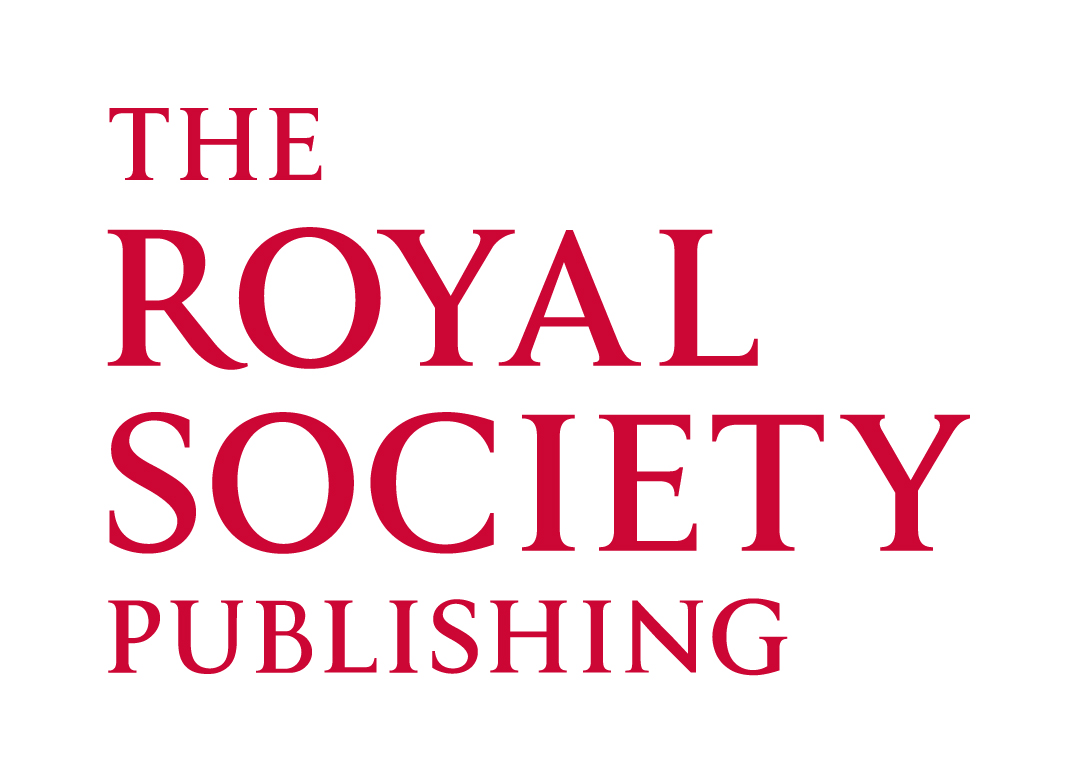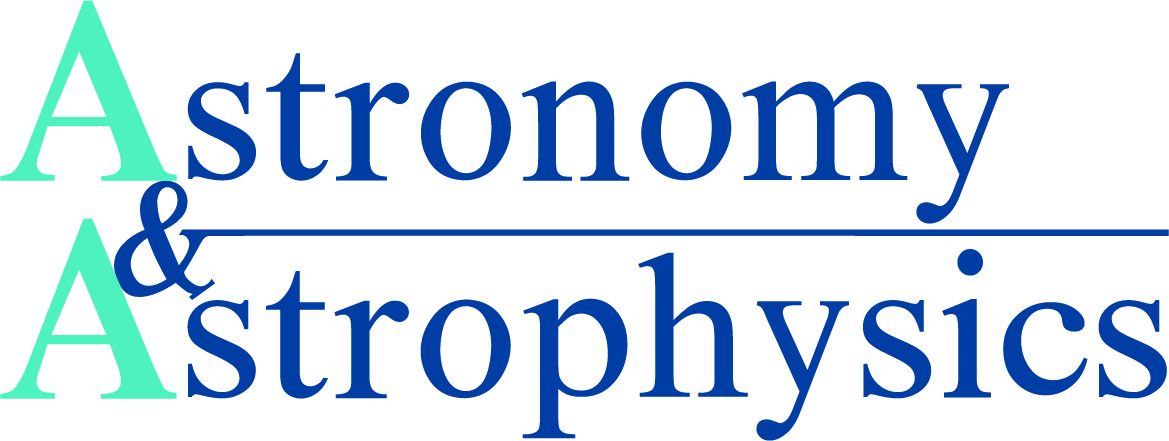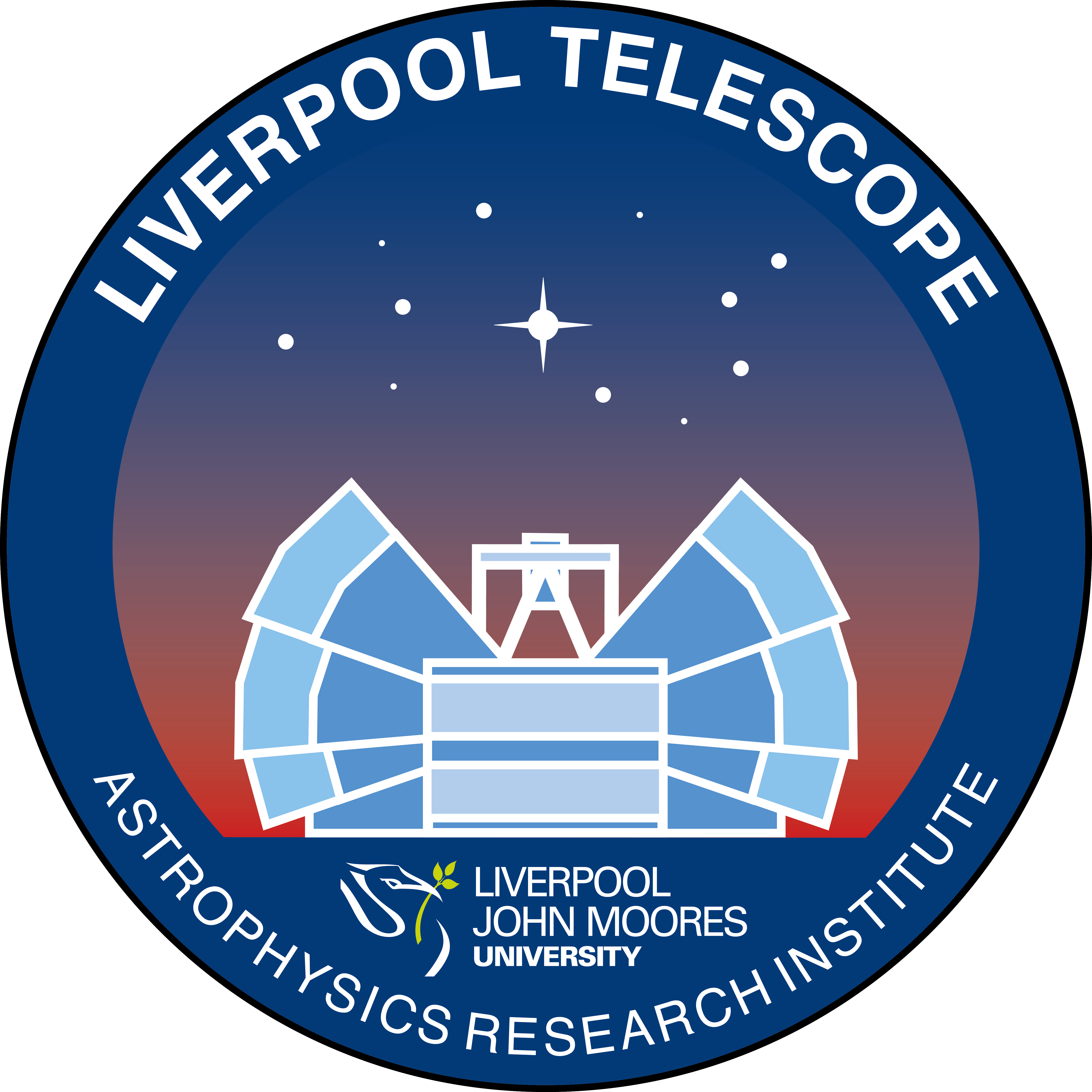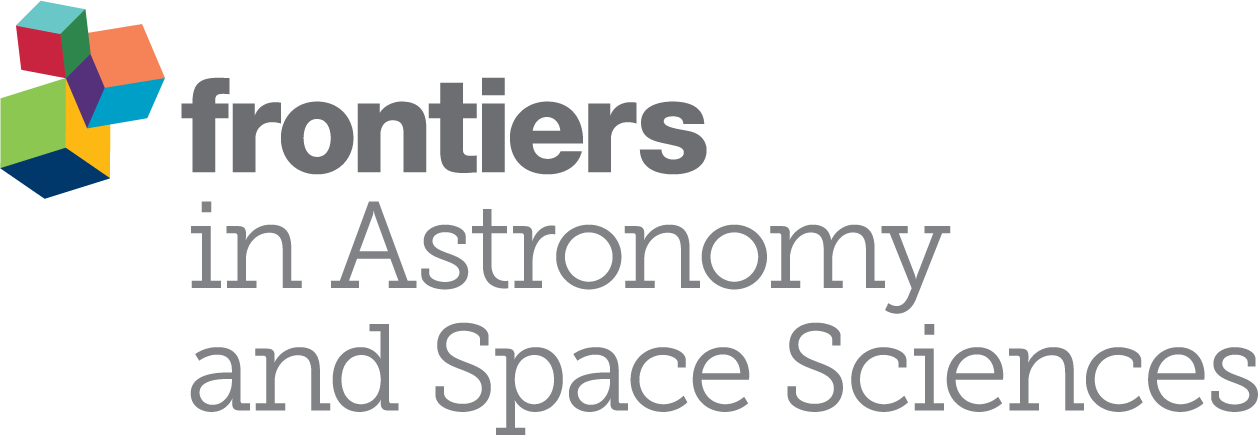Special Session SS29
6 April 2018
The state of the art and future of panchromatic nova science
Aims and scope
 The advent of advanced detectors and large-scale surveys throughout the electromagnetic spectrum have revitalised the interest of the astrophysical community in studying Classical and Recurrent Novae. Recent years have seen numerous observational breakthroughs such as (i) the confrmation that Novae are gamma-ray emitters by Fermi-LAT, (ii) the detailed study of UV/X-ray light curves by Swift-XRT, (iii) the high-resolution X-ray spectra by XMM-Newton and Chandra, or (iv) new populations of fast and recurrent novae in extragalactic surveys. At the same time, state-of-the-art theoretical simulations have immensely advanced our understanding of the thermonuclear Nova eruption and its panchromatic light curve evolution, and have given us the tantalising realisation that white dwarfs of any composition can grow through nova eruptions to the Chandrasekhar mass.
The advent of advanced detectors and large-scale surveys throughout the electromagnetic spectrum have revitalised the interest of the astrophysical community in studying Classical and Recurrent Novae. Recent years have seen numerous observational breakthroughs such as (i) the confrmation that Novae are gamma-ray emitters by Fermi-LAT, (ii) the detailed study of UV/X-ray light curves by Swift-XRT, (iii) the high-resolution X-ray spectra by XMM-Newton and Chandra, or (iv) new populations of fast and recurrent novae in extragalactic surveys. At the same time, state-of-the-art theoretical simulations have immensely advanced our understanding of the thermonuclear Nova eruption and its panchromatic light curve evolution, and have given us the tantalising realisation that white dwarfs of any composition can grow through nova eruptions to the Chandrasekhar mass.
However, every insight gained also illuminated new missing pieces of the puzzle that is Nova phenomenology: What is the emission mechanism underlying the observed MeV component? How do the features of the X-ray emission relate to the main properties of the white dwarf and its binary companion? Are Nova eruptions intrinsically a-spherical? What is the role of Novae in the context of the chemical evolution (Li, Be, CNO-isotopes) of galaxies? And, last but not the least, what are their long-term evolutionary stages?
Now is the perfect time to bring together experts on the various aspects of Nova science to present our breakthroughs to the community, discuss synergies with related felds, and to coordinate plans for the near future. We aim to gather a group of established leaders in the field together with rising, young researchers. Special emphasis will be given to PhD students and early-career post-Docs who will guarantee that panchromatic Nova science will fourish in the era of large projects like SKA (radio), ALMA (sub-mm), LSST (optical), or ATHENA (X-ray). Discussing follow-up strategies for LSST and other transient surveys, and the synergies with other time-domain felds, will be an important focus of this meeting.
Contributions not selected for an oral presentations will have a chance to be presented as posters. We also plan to publish a review paper about the main outcomes of the workshop.
Programme
- Radio to optical properties of Galactic novae: ejecta, dust, and chemical enrichment of galaxies
- High-energy emission (gamma-, X-rays, UV): WD mass, atmosphere models, and shocks
- Extragalactic surveys: recurrent novae, rates, nova populations
- Rapidly recurring novae: eruption frequencies and the SN Ia connection
- Evolutionary stages: Old novae, Nova-CV secular evolution, and hibernation
- The bright panchromatic future: determining strategies for multi-wavelength transient follow-up in the era of GAIA and LSST and multi-messenger facilities (SKA, ALMA,...)
Invited speakers
- J. Mikolajewska (N. Copernicus Astronomical Center, Poland)
- B. Metzger (Columbia University, USA)
- S. Williams (Lancaster University, UK)
- C. Tappert (University of Valparaiso, Chile)
- J. Jose (Universitat Politecnica de Catalunya, Spain)
- M. Orio (INAF-Padova, Italy)
Scientific organisers
- L. Izzo (IAA-CSIC, Spain - chair)
- M. Henze (SDSU, USA - chair)
- L. Chomiuk (MSU, USA)
- M. Darnley (LJMU, UK)
- S. Kafka (AAVSO, USA)
- E. Mason (INAF-TS, Italy)
- S. Mohamed (SAAO, South Africa)
- P. Mroz (Warsaw U., Poland)
- K. Page (Leicester U., UK)
- V. Ribeiro (Aveiro U/IT, Portugal)
Contact
Luca Izzo (izzo @ iaa.es), Martin Henze (henze @ ice.cat)
Updated on Fri Mar 02 17:38:08 CET 2018
|
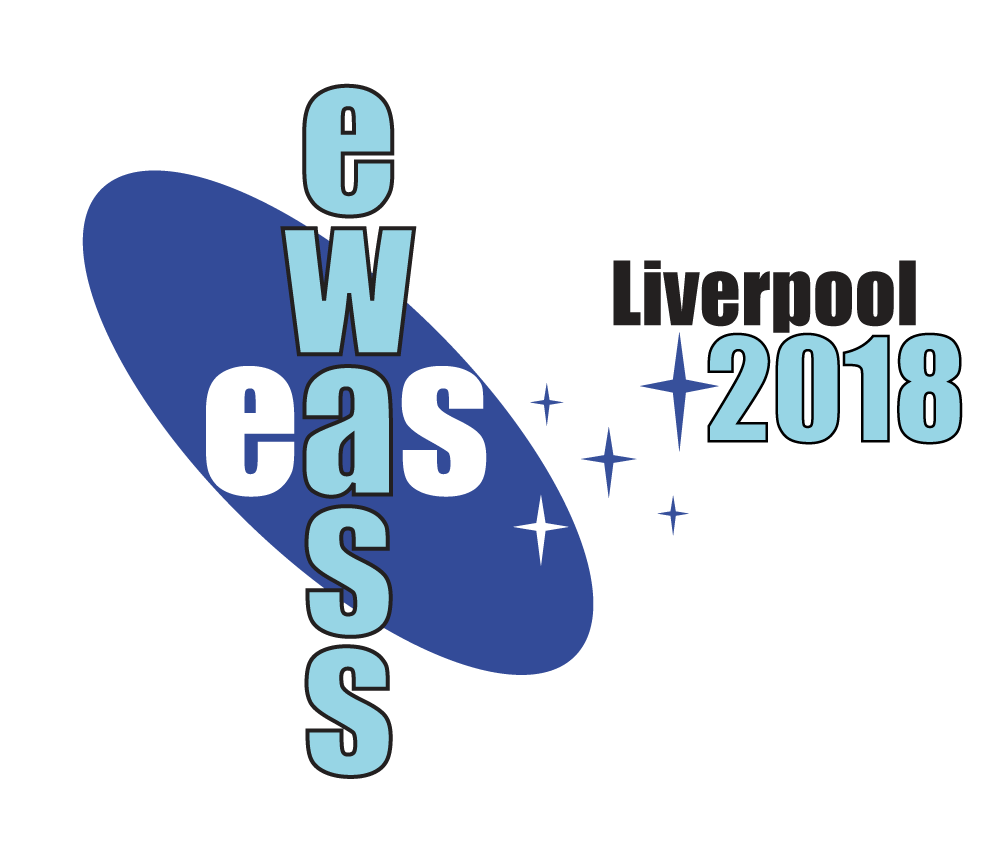
 A power cut will shut down all EAS services on Tuesday, 10 January 2017 starting at 7:30 CET.
A power cut will shut down all EAS services on Tuesday, 10 January 2017 starting at 7:30 CET.











